Simgot EM10 Dream HiFi IEMs – Bichromatic Phantasy Phantom World
SIMGOT EM10 is a $439 USD pair of flagship IEMS with 10 drivers, 1 Dynamic Driver, 8 Balanced armatures, and one PZT driver, and although the price point is a strong midrange, it is currently the best IEM produced by the company. Today we will take a deep dive in the world of EM10 and explore how it sounds like, and how it compares to other similarly priced IEMs, including Xenns Mangird Tea PRO (359 USD), FiiO FH19 (599 USD), Jomo Audio P3 Pantheon Percussion (425 USD), and Soundz Blade (812 USD).
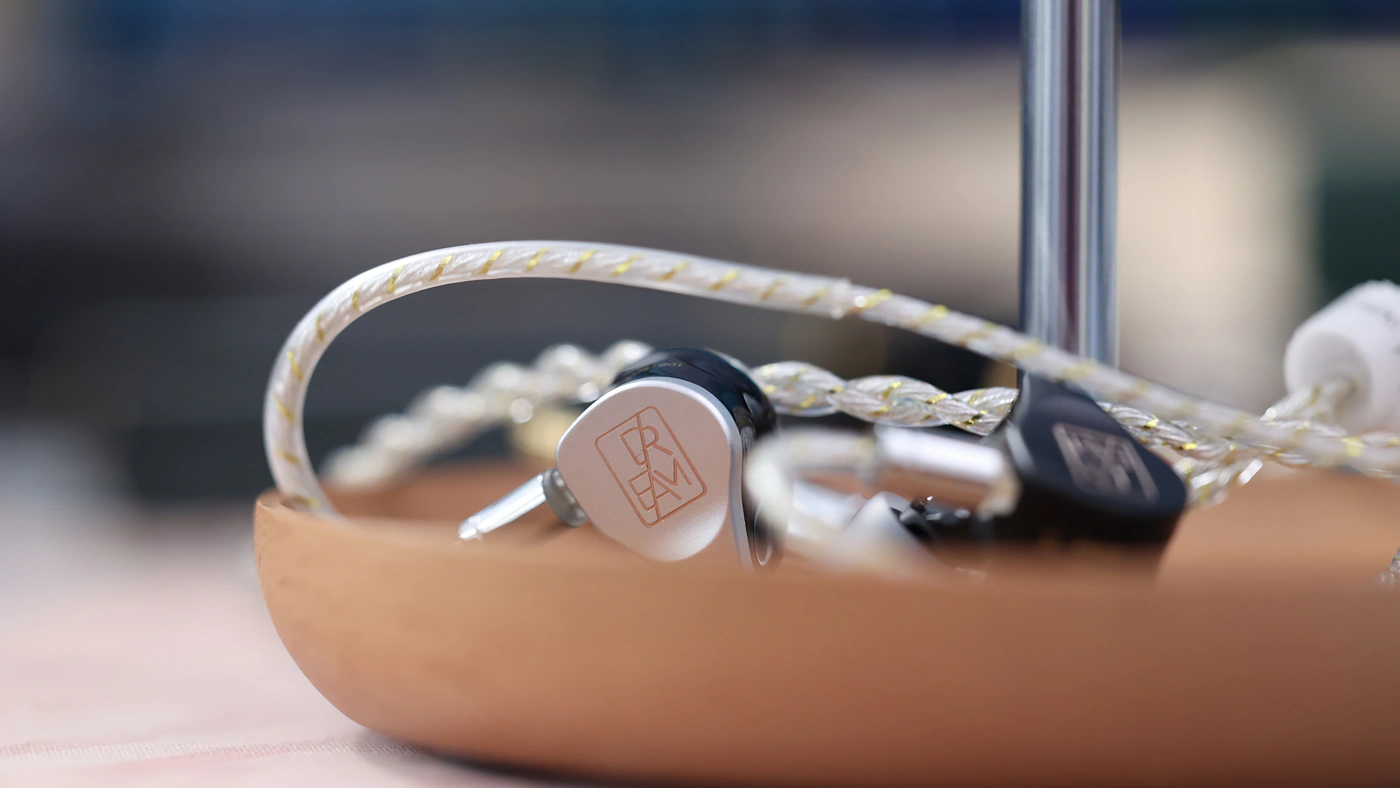
Introduction
Simgot decided to make a high-end IEM compared to the rest of their IEMS, and now that a budget king enters the midrange class, with a flagship-grade IEM from a spec perspective, it will be interesting to see if other competitors will stand a chance. For reference, when I reviewed the Simgot EA1000 and Simogt EM6L, I received an overwhelming number of responses, personal messages, emails, thanking me for the review and telling me that now everyone got either they were incredibly happy with the performance and the sound they have. As an Amazon Influencer, I earn from qualifying purchases, and using the purchase links in my reviews helps me maintain this website and Youtube Channel. Huge thanks to Simgot for providing us with the sample for this review.
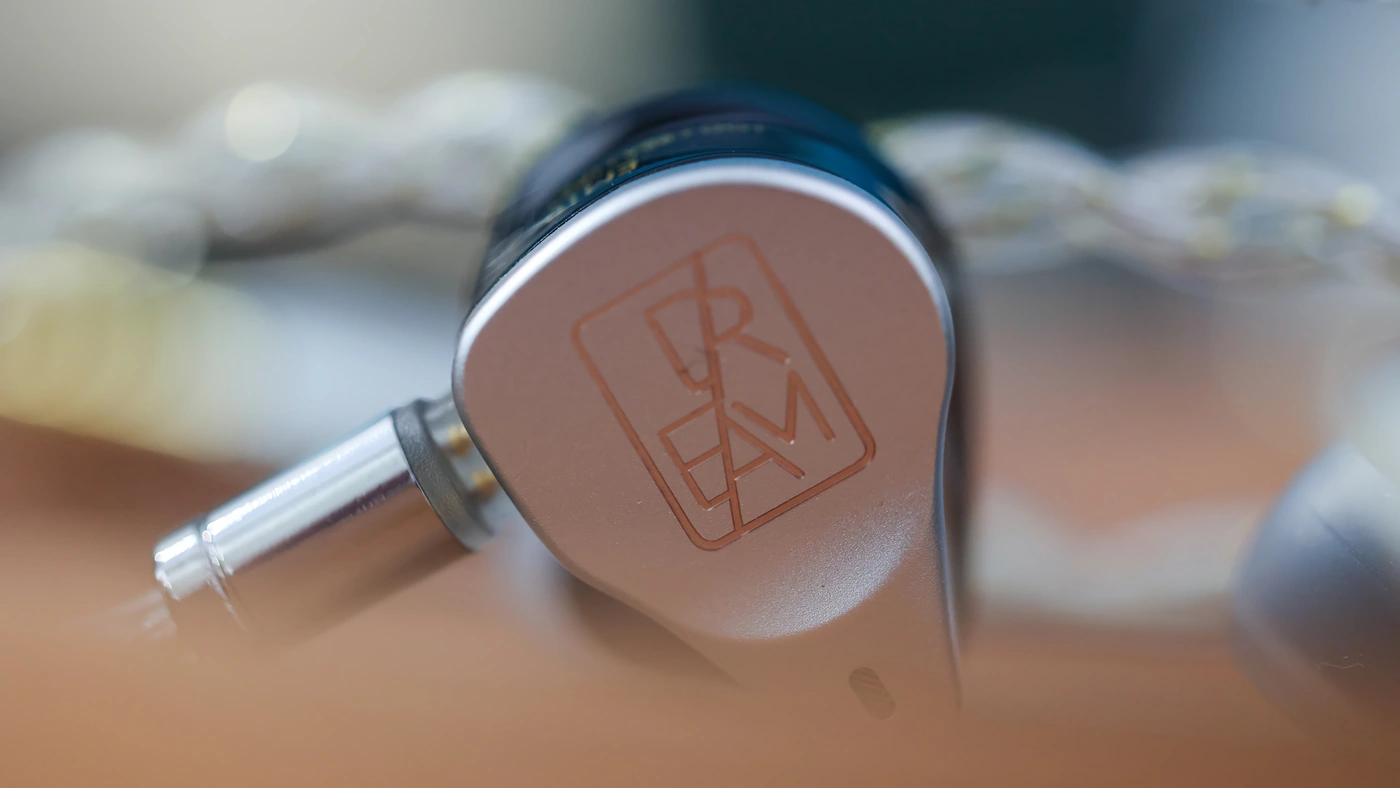
PROs – Extremely detailed and analytical sound that shows details and information typically fit for a flagship above 1000 USD in price. Excellent comfort and good design for ergonomics, a modular cable and a high-quality transport case all make Simgot EM10 one of the products in the world with the best price / performance ratio.
Cons – Sound can be thin, especially for male voices, the high resolution and high transparency is a double edged sword, it shows both the good and the bad in music.
Product Link
Amazon – https://amzn.to/40hefGn
Aliexpress – https://s.click.aliexpress.com/e/_DDnVrzF
Build Quality / Aesthetics
Simgot calls the EM10 the epitome of excellence, so they clearly stole my option to give the review this title, but they also codenamed EM10 “Dream”, and it offers a luxurious configuration of drivers, including a single-sided dynamic driver, contrasted by 8 balanced armature drivers, and one piezoelectric ceramic driver. EM10 is the result of extensive driver matching and acoustic experimentation, with fine adjustments done to control the frequency response of each driver to match in the matrix.
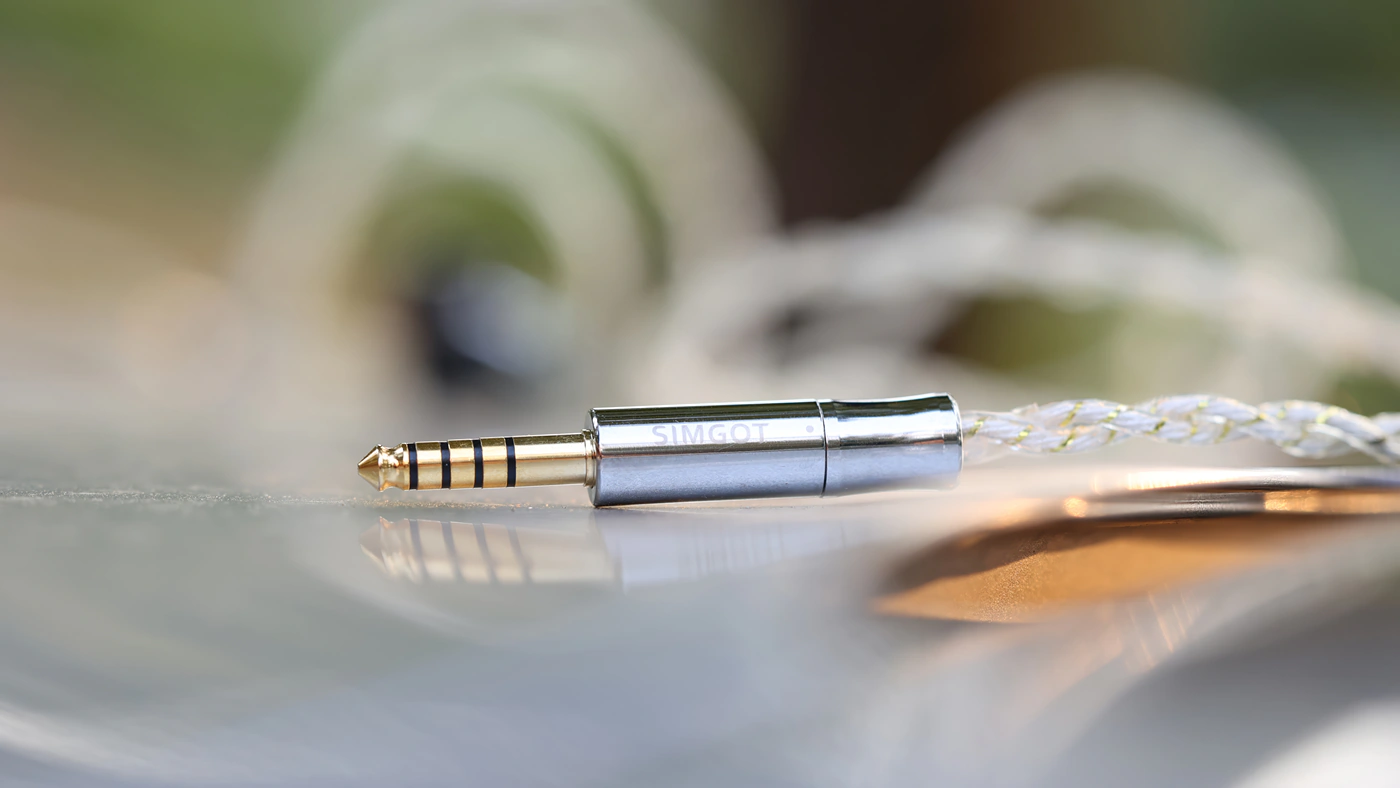
Simgot uses an energetic 8mm custom-designed high-polymer diaphragm with a strong magnetic circuit for the dynamic driver, providing a robust low-frequency performance. The midrange is handled by the group of 8 balanced armatures, while the high and ultra-high frequency range is handled by the Piezoelectric driver. This PZT Exciter is a ceramic transducer with a pure copper vibrating substrate and multi-layer composite piezoelectric ceramic coating. To avoid the unnatural sharp sound of PZT drivers, Simgot placed the PZT Exciter on the back of the IEM, near the rear cavity and combines it with the lotus-style structure of the earphone back cover, to isolate the PZT from the main IEM body.

As this is a design using multiple drivers, Simogt employs a 4-Way RC Circuit, allocating different units to their frequency ranges. Together with a multi-channel sound damping tuning system, Simogt has a precise frontal cavity volume acoustic path and damping ventilation design to create the sound with the lowest distortion and the most consistent phase possible.
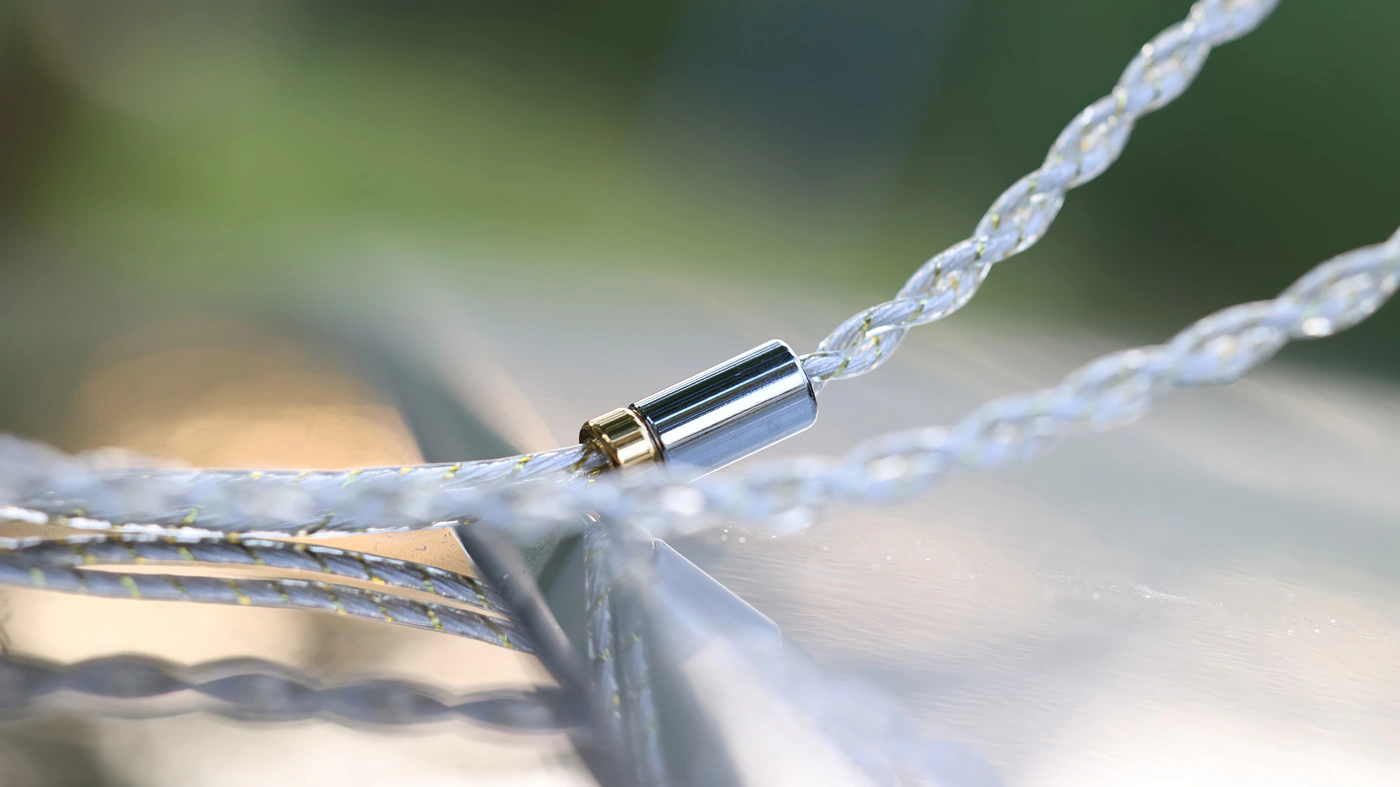
To match the rest of the IEM, Simgot employs a high-end Litz Silver-Plated Copper Wire cable and this is an oxygen-free copper wire with silver plating, and a 0.078mm 2-Pin connector. The outer shell of the cable uses a strong anti-oxidation coating to avoid changes in color and hardening of the cable with usage. The cable is modular at the jack level and you can connect both a 3.5mm single ended jack and a 4.4mm balanced jack, which is the default I have connected for the most part in today’s review.

Based on multiple 3D scans of real-world ears, EM10 is designed from the ground up to be the most comfortable IEM possible, and the company uses multiple cycles of resin 3D printing, achieving a small and ergonomic shell. Simgot used a H-2019 Curve reference for EM10, and this should bring users a precise but pleasing sound with a powerful bass and a mid centric sound.
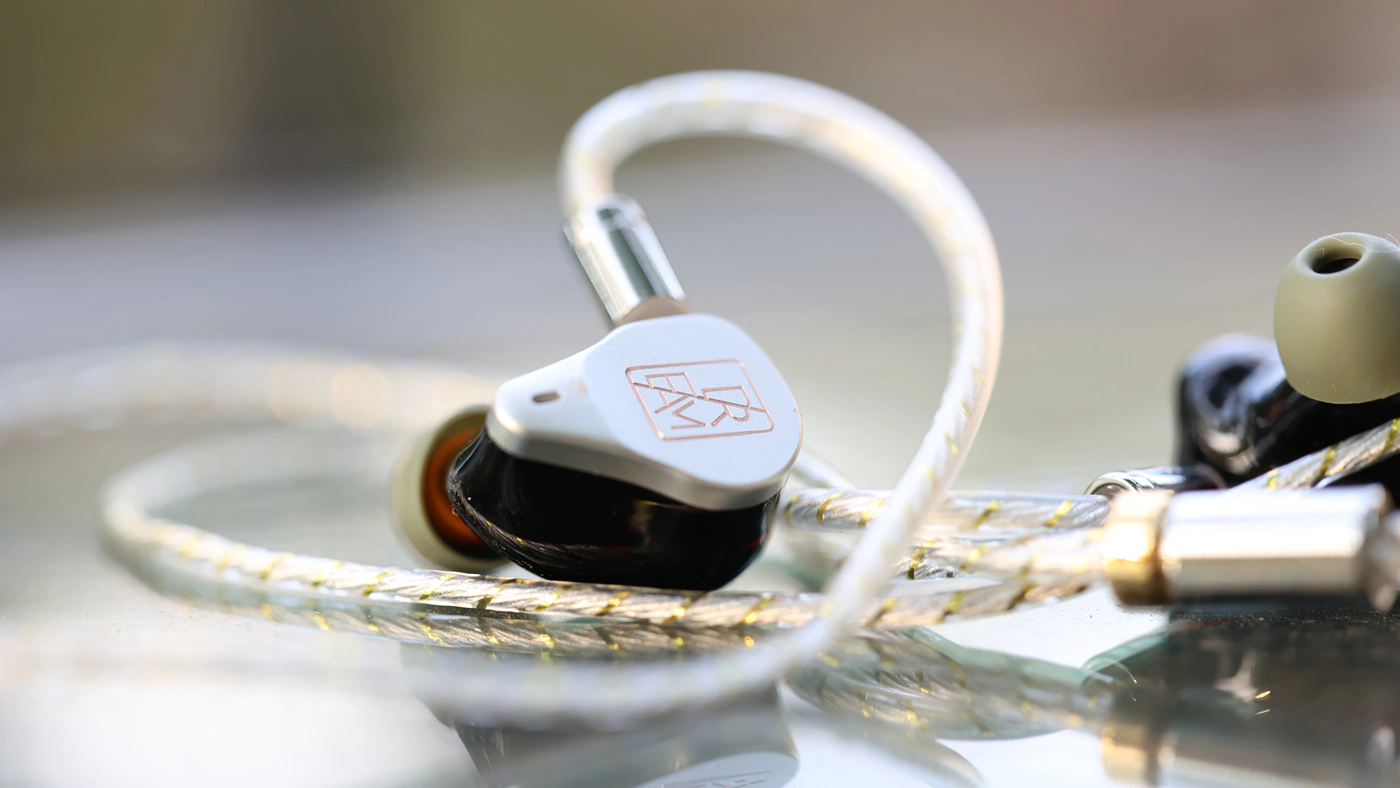
On a more technical level, we have an impedance of 41.6 OHMs, which is a rather high number for an IEM, and a SPL of 120 dB, which is an extremely high impedance. With such a high impedance and SPL, EM10 will be very easy to drive but not very sensitive to source noise.
Fit / Comfort
I decided to split the subjective part of the construction from the technical part, as my wearing experience can be slightly different from yours, and I want you to have an easier time navigating Audiophile-Heaven and finding useful information.

Earring the EM10, I get a tight coiling of the cable around my ear, combined with a very secure fit. The cable makes the IEM a bit heavy on the back part of the ear, while the IEM shell is very lightweight. We have a strong passive noise isolation, almost up to custom levels, with the passive noise isolation reaching between 15 and 25 dB of passive isolation.
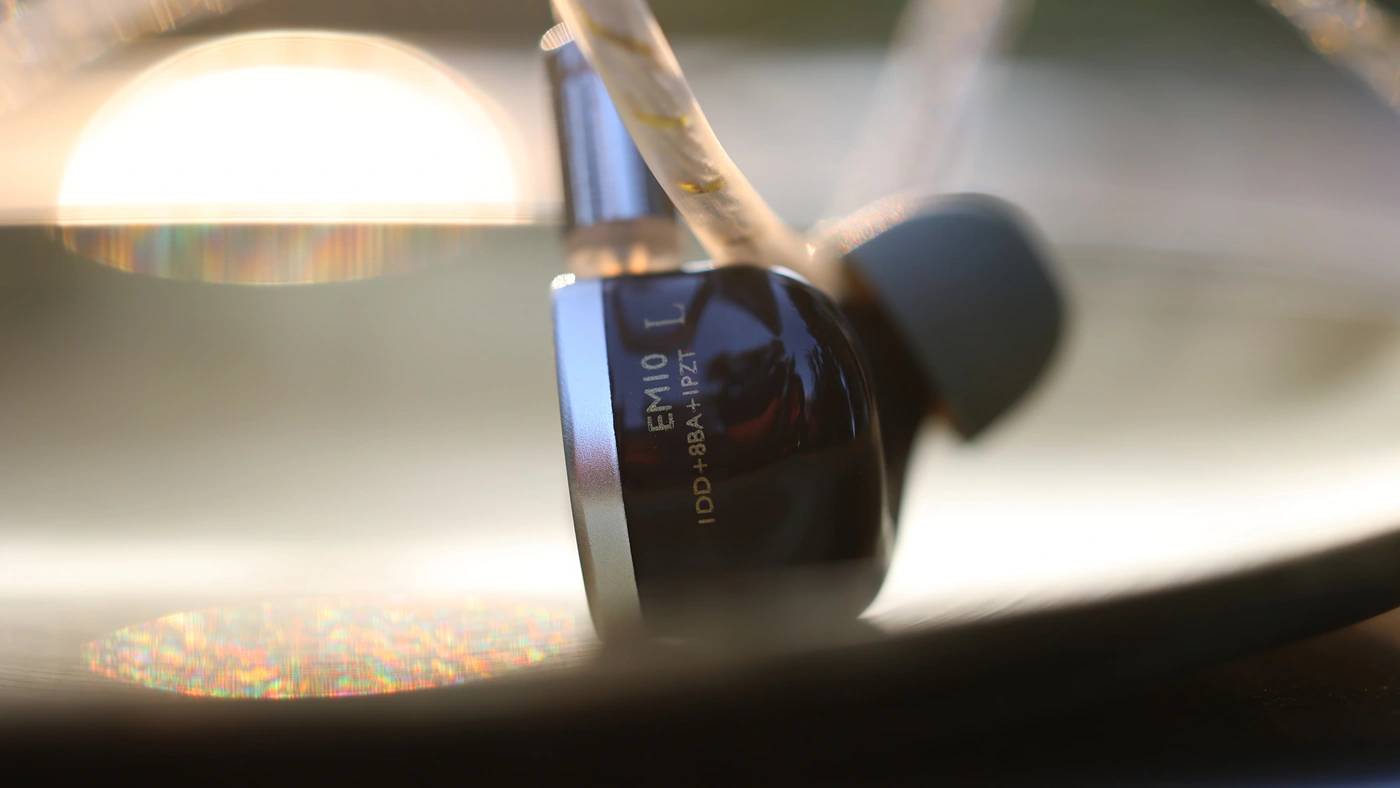
There is no driver flex, and no void, although the bore is on the larger side and the fit is deeper than the vast majority of IEMs, leading to a wearing experience where you know you’re wearing an IEM, and you’re always aware that EM10 is inside of your ears. You will never hear any kind of noise coming from below the Y Split in the cable but any brushing noise from above the Y Split is audible as a deep rumble, as the cable’s oxidation-resistant coating is somewhat rubbery and the tight coiling around the ear conducts this type of noise very easily.
Sound Quality
Pairings – To drive EM10 I have paired it with a long list of sources, including Hiby R6 PRO II, HeartField R1 DAC, HIFIMAN EF499, Singxer SA-1 V2 combined with Musician Pegasus II R2R DAC, and iBasso PB5 driven by iBasso D16. It is very easy to drive a Simogt EM10, but I can’t say I hear much background noise with any of the sources I paired it with. Given the rather high impedance relative to other IEMs, it is not very sensitive to source quality and will sound good even with entry-level dongles like HIDIZS S8 Pro Robin.
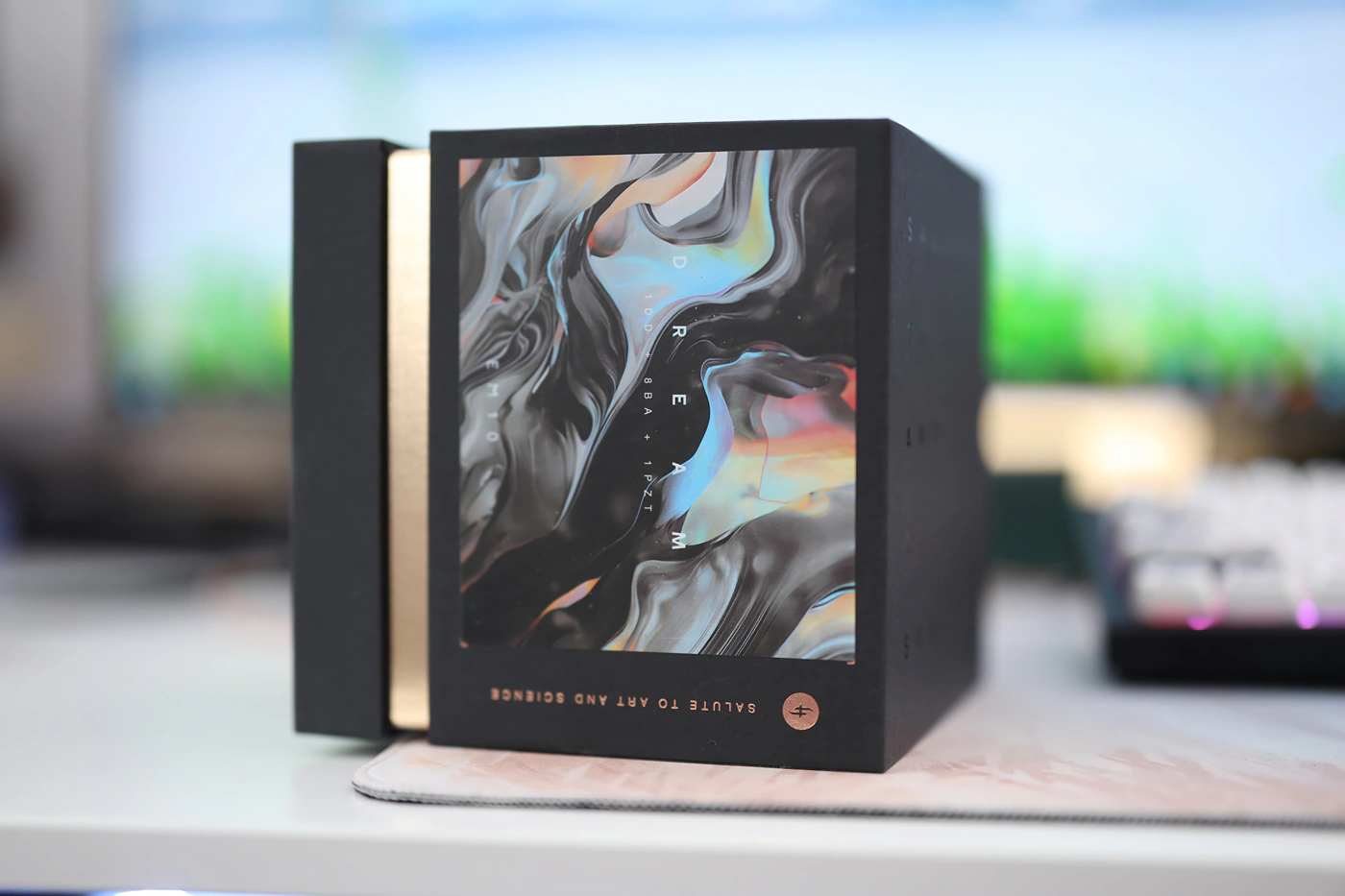
Overall Signature – Sonically, Simgot EM10 is a solid IEM, with a sharp, bright and clear sound that’s strongly analytical and revealing, having a warm-ish bass which is above pure neutrality, and has a fairly full and warm presentation. Together with a recessed midrange and a bright treble, EM10 has an excellent resolution and clear presentation, although it shows both the good and the bad in music. Well mixed and mastered music is sweet and delightful, full and fresh sounding, while sharp and edgy music will sound as such. Spatialization is far stronger on EM10 than most of the competition in the price range, and it can easily go head-to-head with a flagship like Sennheiser Ie900 for resolution, clarity and detail, if not even surpass IE900.
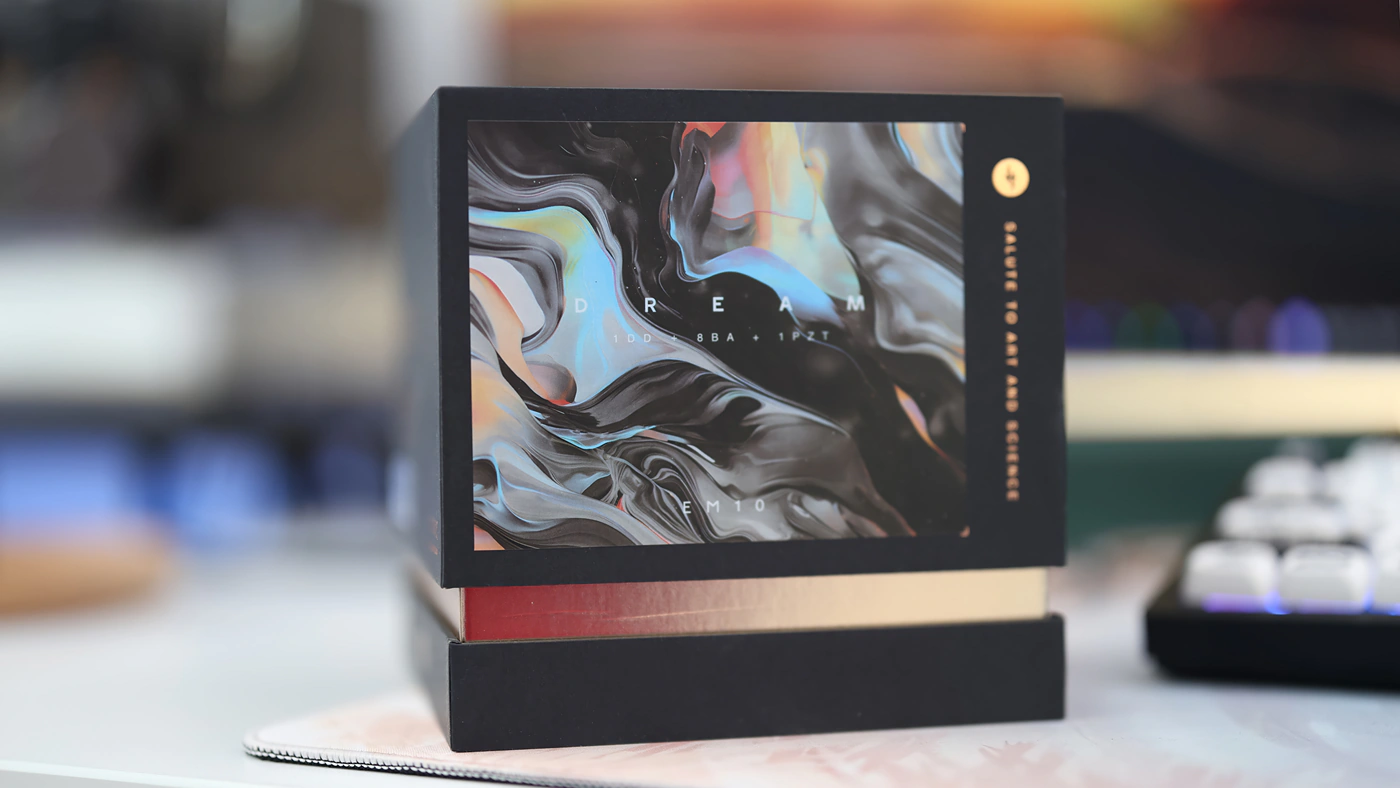
Bass – We start with a rather slow and full sounding bass that gives a satisfying boom and sloop to all music. With a fairly full and rich low-end, most music sounds delightfully thick and lush, although the treble is quite a bit stronger, so the title of basshead IEM is not exactly fair here, with the bass quantity being just about enough for things to be balanced and colorful.
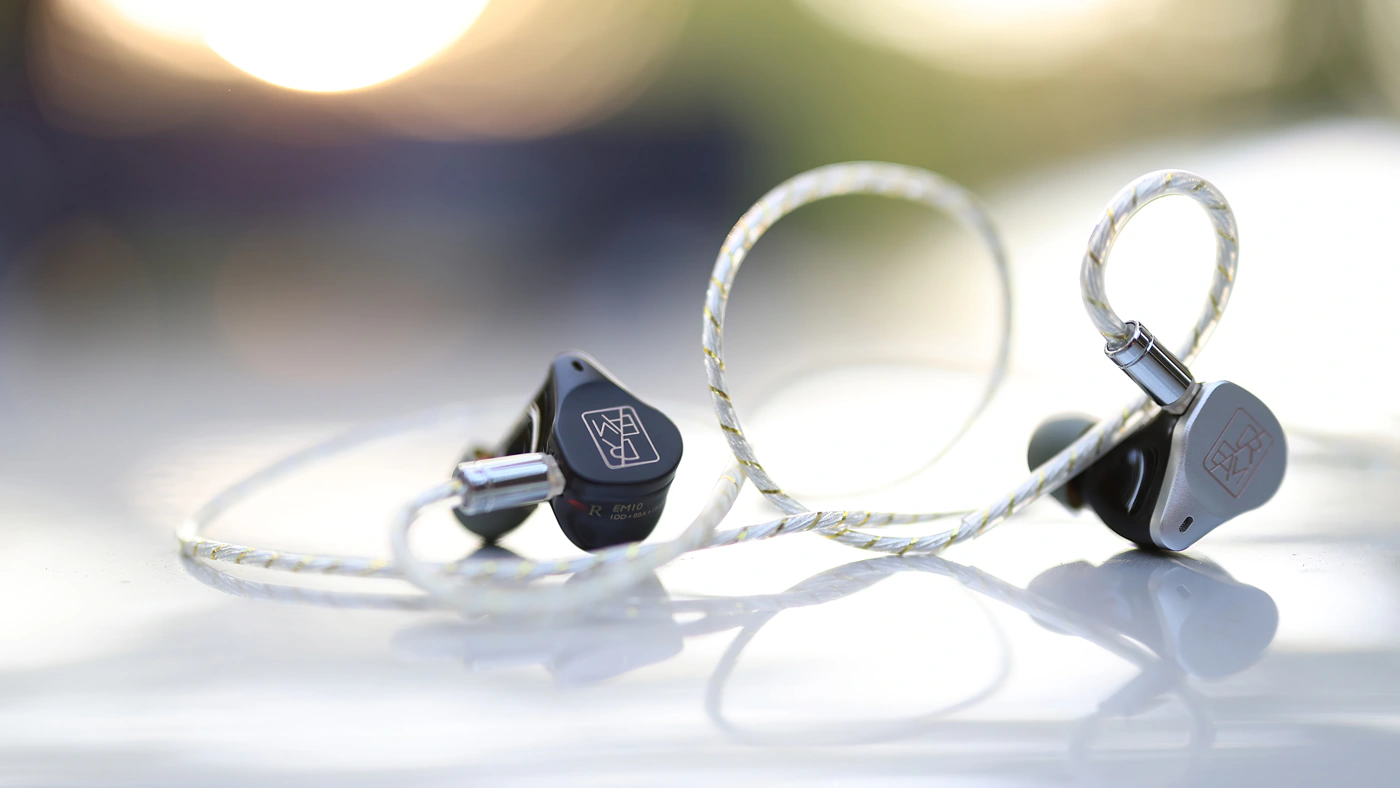
Midrange – Female voices are sharp, bright and, while male voices are also a bit bright and sharp, lower in volume and presence and a bit dampened compared to female voices. The lower midrange is the most recessed and distant part of the sound with Simgot EM10, and this creates a fairly filtered and a bit thin sound, although in music with a strong male lead voice, you just hear the male voices as the baseline, with a sharp and clear treble extension, and a deep bass to accompany it. With female-centric music like ACG, Takanashi Kiara, HimeHina or other modern pieces, female voices lead the song and effects are not as loud and evident, allowing the whole sound to be a bit more balanced.
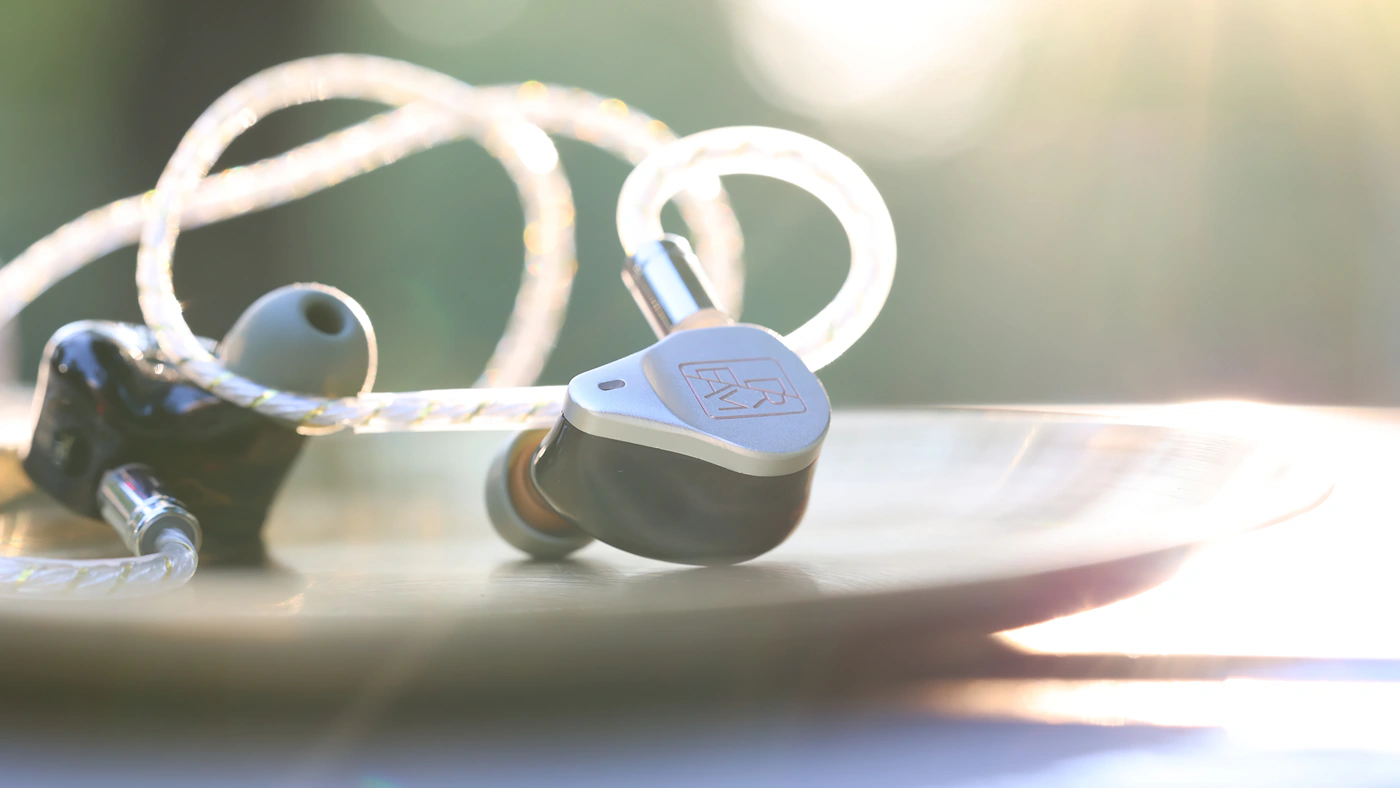
Treble – With such a high number of drivers, I fully expected EM10 to have a bright, sharp and airy treble, but it surely dfelivers way beyond my expectations, showing such a bright and sharp sound, with excellent resolution and air, brilliant sharpness and strong treble extension. When going from Simgot EM10 to other IEMs, I generally can hear how the treble rolls off too early with the others, and how EM10 shows the complete treble, but adaptation kicks in rather quickly usually. EM10 will present the most crisp, complete and sharp treble extension you’ll likely hear in the price range, all while not making things too harsh and fatiguing.
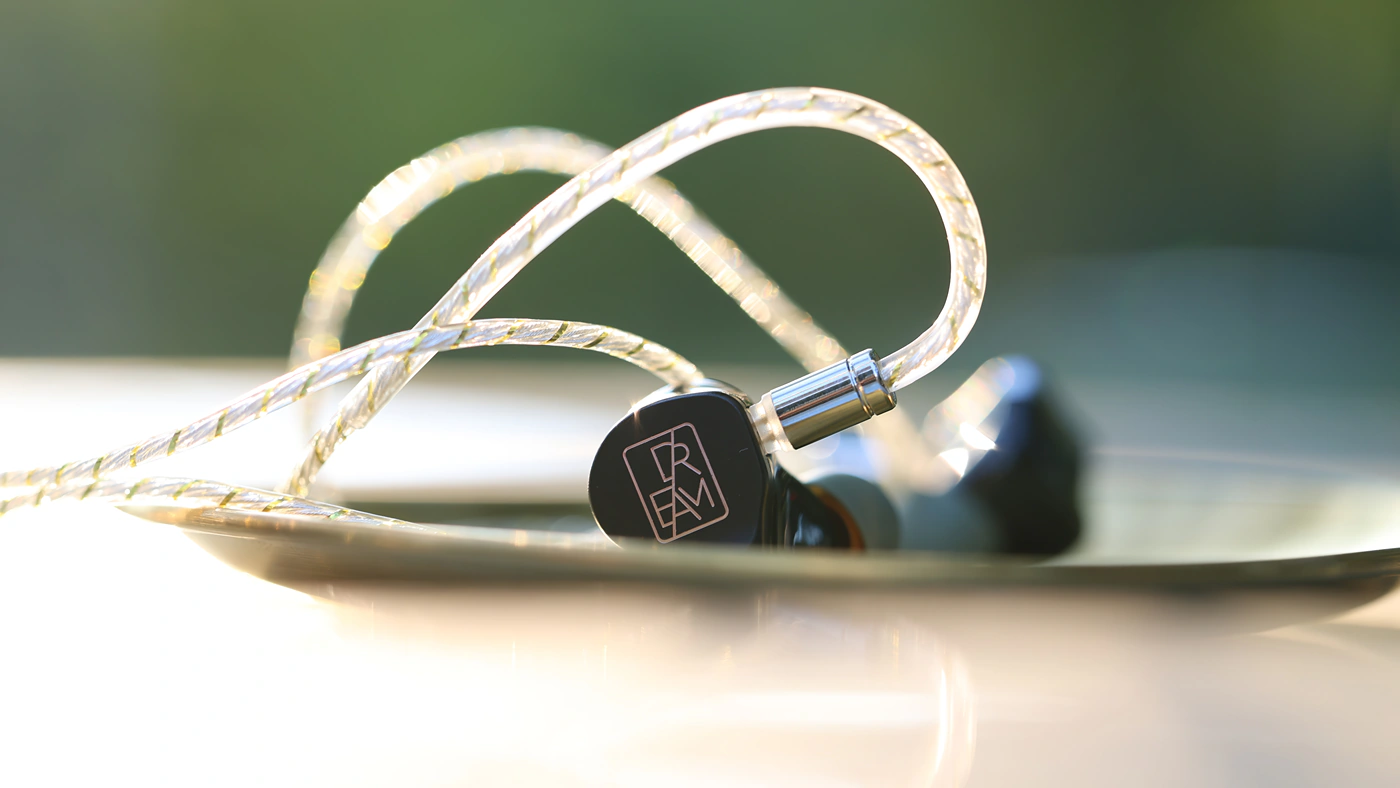
Dynamics – Reproduction of both synthetic instruments but also acoustic ones is spot-on as EM10 handles busy tracks really well, cutting the information between a large number of drivers that play together, creating a magically rich and yet cohesive sound. Sound is exceedingly dynamic, colorful and punchy with EM10, having extreme dynamics. You can enjoy both classical music and extremely compressed music just as well, EM10 rendering both beautifully.

PRaT / Textures – Textures are sharp, well defined and crisp, with EM10 having an extremely revealing sound that shows every tiny bit of information in music. You can expect a sharper and slightly grainier sound than usual, but also a richer and musically more cohesive sound than the price range typically offers.
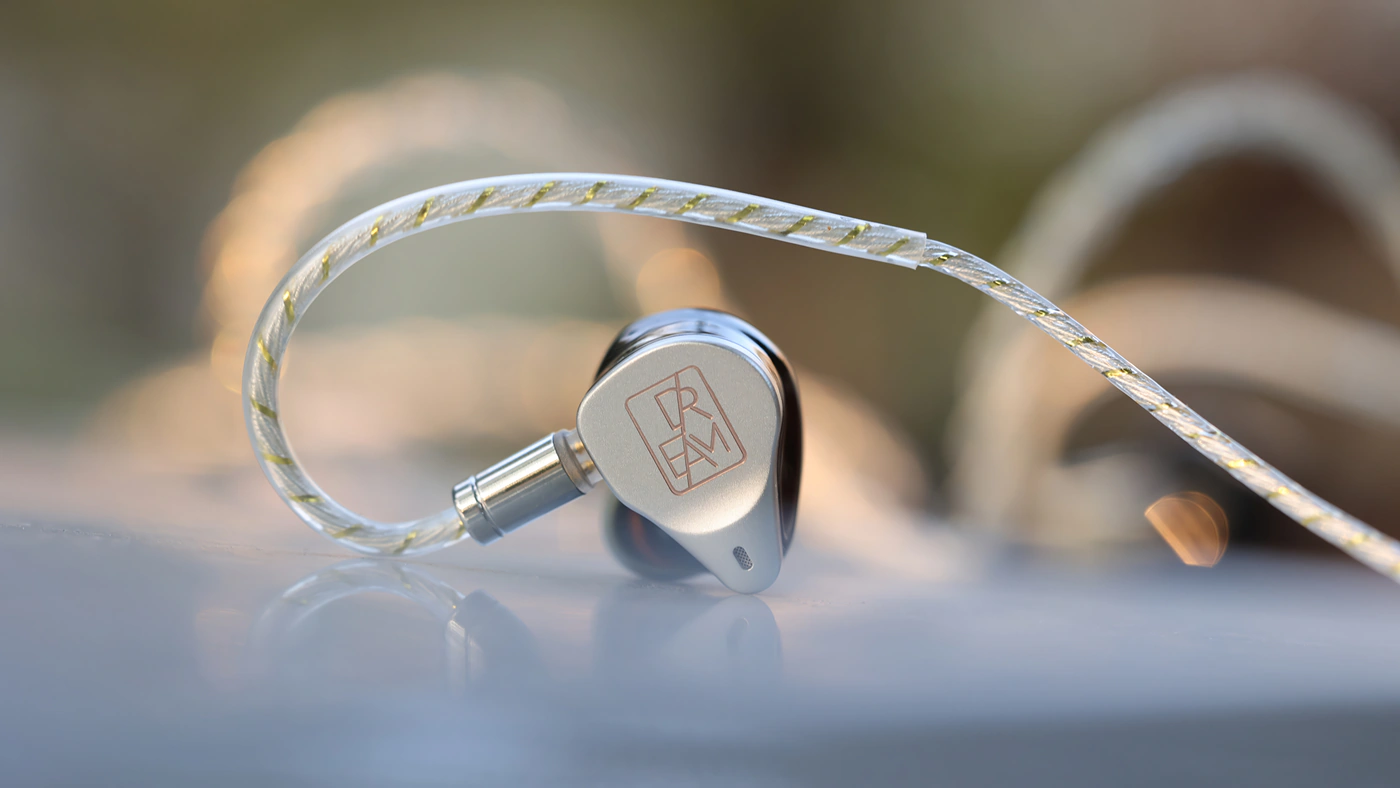
Loudness Saturation Gradient – It is easy to overlook multiple listening volumes, but EM10 sounds beautiful at all volume levels, including quiet, medium and very loud. Sound is very consistent across multiple volume levels with no tilting and no preference, the multi-driver design keeps the same resolution and revealing ability at all volume levels. Because the THD is so low, I’m able to drive more volume in EM10 than with most IEMs, but I don’t really feel the need usually, as it reveals information really well and makes most music easy to understand.
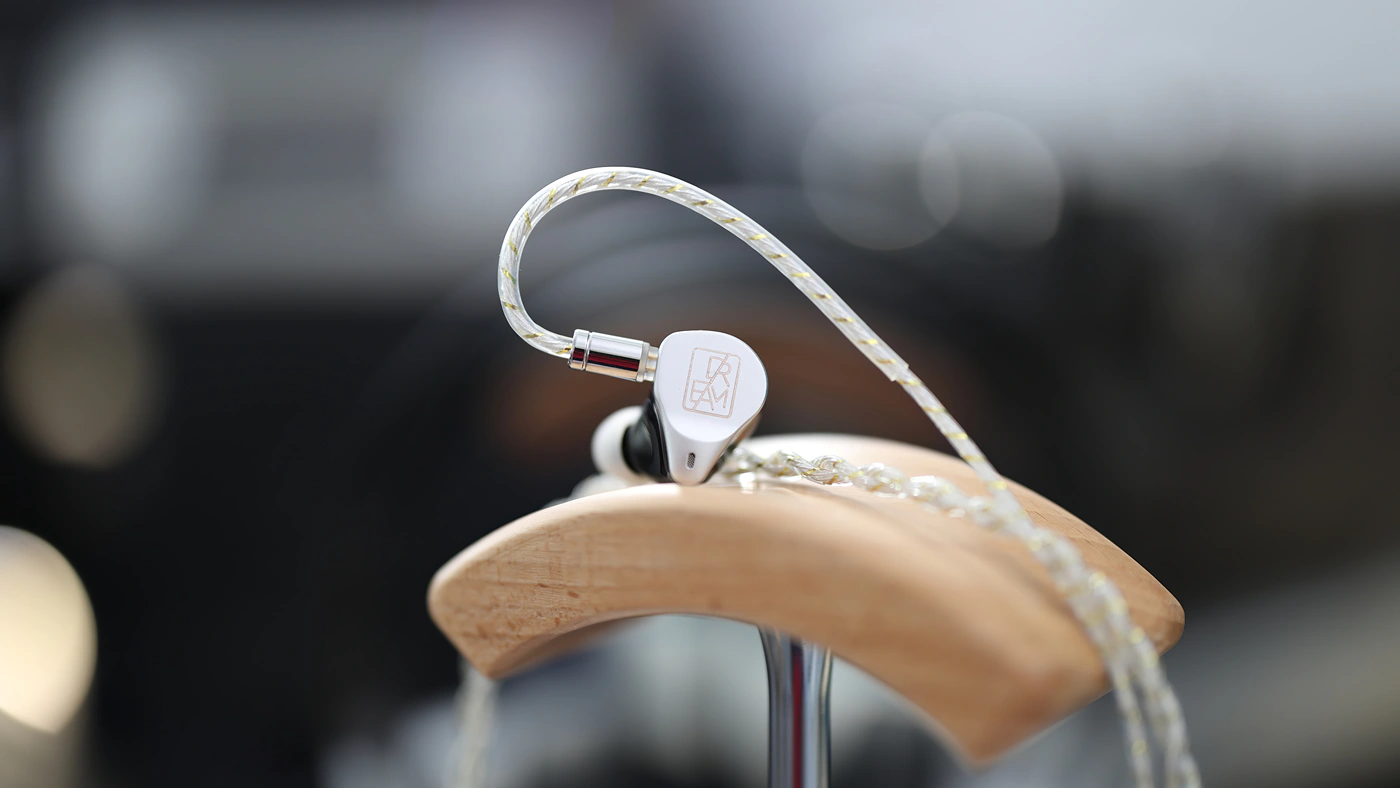
Soundstage – Simgot generally is known for a fairly wide image, but EM10 has the widest, most holographic sound of any IEM they created to date. Sound is projected widely in the lateral plane, with a natural depth. Layering is natural too, with a strong instrument separation, especially if the instruments are projected far from the listener, or wide in the lateral plane.
Comparisons
Simgot EM10 vs Soundz Blade (439 USD vs 812 USD) – Blade is a bit bigger and this means that EM10 fits a bit better in my ears, with a smaller body and a more ergonomic, shallower fit. This also means that Blade V2 has a slightly higher passive noise isolation, but it is comparable. EM10 is less sensitive to source noise and should sound more similar across multiple sources, while Blade V2 has a higher impedance and will depend more on the source to make it really play. Sonically, they are both colorful IEMs with a strong resolution and dynamic, punchy sound. EM10 has a more extreme sound, it is warmer in the bass, much brighter in the treble, a bit grainier and has a sharper treble, which is also a bit harsher at times. Extension is stronger on EM10 which shows more information in the upper treble, while Blade is an easier to enjoy earphone with less hardness and less extreme tuning. While both are great, for a more V-Shaped signature, EM10 can make music a bit more colorful.

Simgot EM10 vs Xenns Mangird Tea PRO (439 USD vs 359 USD) – We have good comfort with both Tea PRO and EM10, and both come with a high quality cable and a nice transport case. Tea PRO is more sensitive to source signature and tuning, and Tea pro has a more neutral sound, while EM10 has a wider, less voice-centric sound but better resolution, a brighter, more open treble with better revealing ability and better resolution. Both IEMs are great with rock, metal and pop, but Tea PRO has a deeper, more standard darker sound, while EM10 has a more V-Shaped sound with stronger treble extension, and more details as well as micro details.
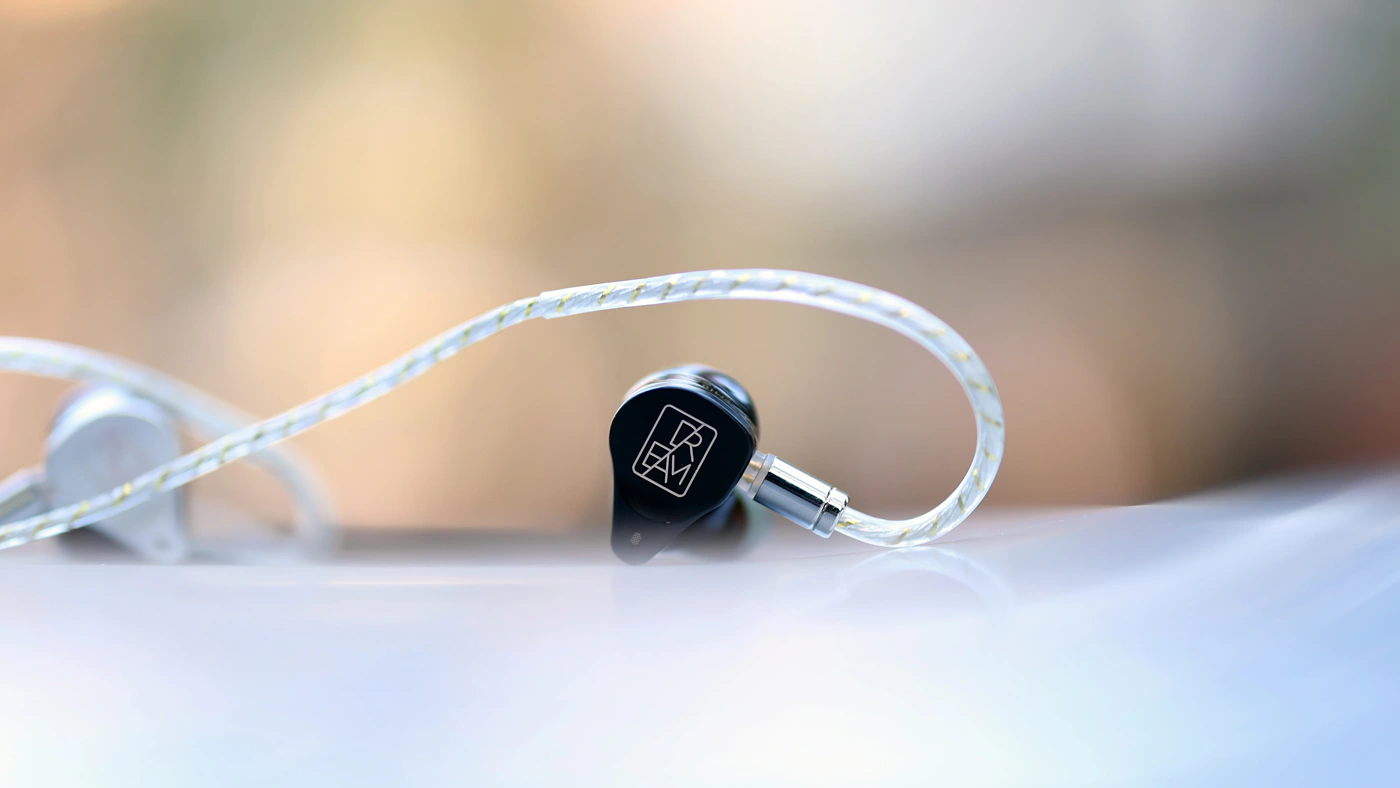
Simgot EM10 vs FiiO FH19 (439 USD vs 599 USD) – FH19 has a more complete package, although EM10 is not far behind and both IEMs offer basically the same things, a nice transport case, modular cable, with FH19 having a larger number of eartips and filters included in the package, while EM10 relies more on the default eartips and no complex filtering to sound best. FH19 is a full-on bass cannon and has a really deep and powerful sound, while EM10 is a V-Shaped IEM with extremely bright treble, and a warm bass, if you want to hear the earth tremble and shake beneath your feet, FH19 can offer that nicely, while EM10 offers a more V-Shaped, more balanced tuning with better treble brilliance and sparkle, a wider image and a stronger instrument separation. The actual comfort is comparable, although EM10 is both lighter and smaller, making it more comfortable and it is less sensitive to the source compared to FH19.
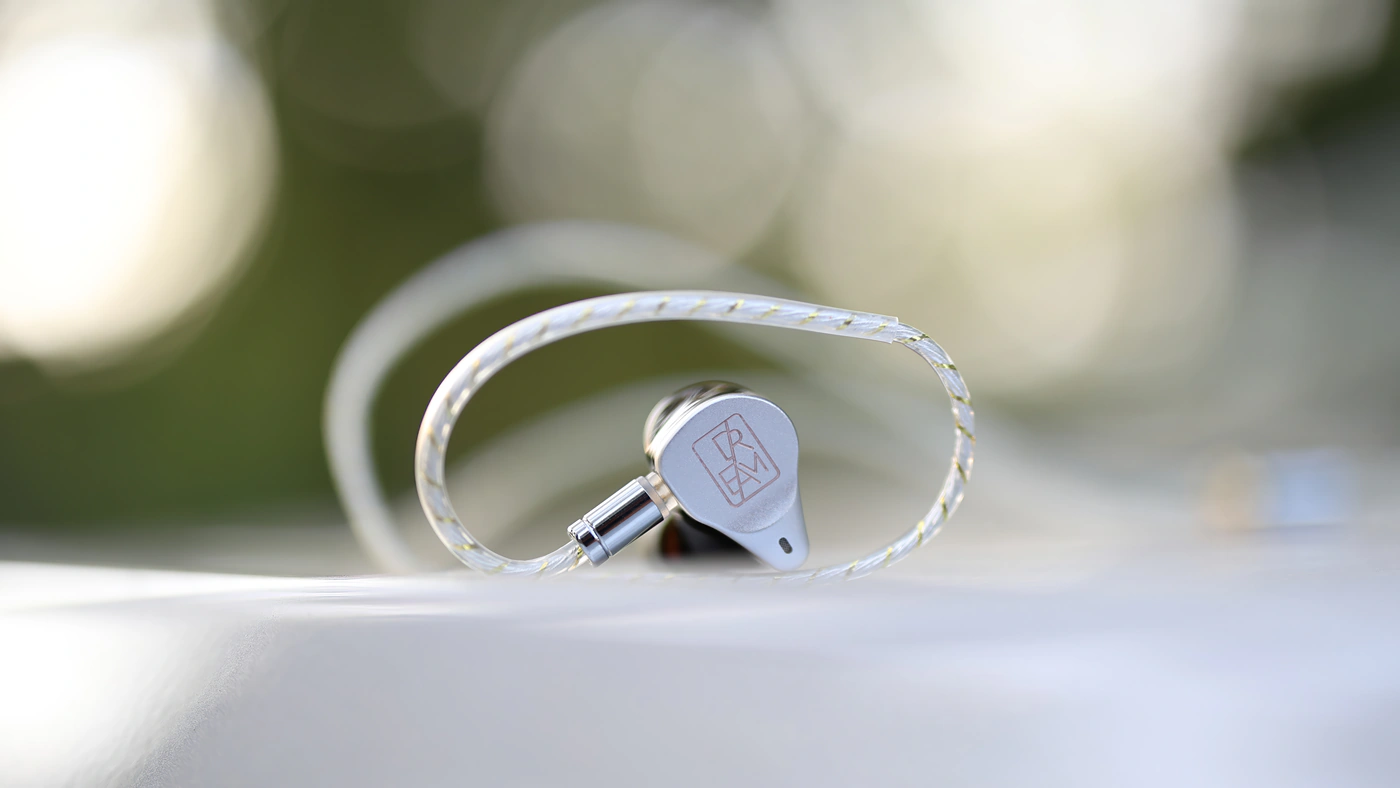
Simgot EM10 vs Jomo Audio P3 Pantheon Percussion (439 USD vs 425 USD) – P3 is an older IEM but still very relevant. The package of EM10 is richer, as it comes with a modular cable, and a nice transport case, while P3 only comes with a more standard, more stealthy cable. There is a better passive noise isolation to be had with P3, which also goes deeper inside of your ears, while EM10 prizes comfort and ease of usage more. Sonically, P3 has a harder, more solid and more dry sound that reveals more information in the drums, then dampens the sound a bit more, despite the actual tonality balance being mostly balanced / neutral. In stark contrast, EM10 has a more bright, more colorful and more vivid sound with a better resolution and detail level. P3 is never fatiguing and sounds more forgiving and relaxed, showcasing all instruments in a more refined way, while EM10 does its best to analyze and showcase every single bit of info available in a song.
Value and Conclusion
Simngot continues the tradition of offering a price / performance ratio that’s just too high for this world, and EM10 has the resolution, clarity and even comfort for a proper flagship.
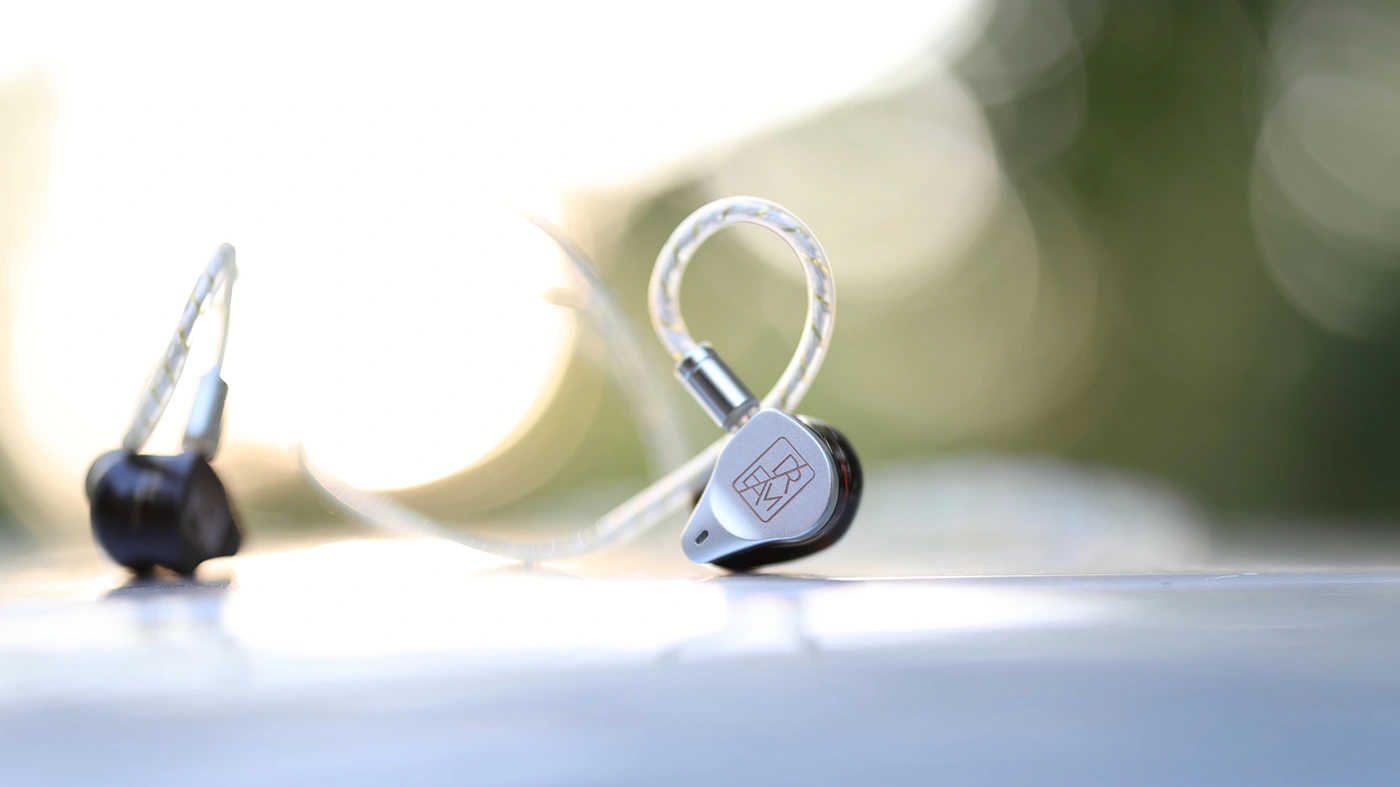
It has been a long time since I’ve offered and declared a product in this price range worthy of our hall Of Fame, but Simgot EM10 is a flagship I have to add to the Audiophile-Heaven Hall Of Fame, it simply has that high resolution, clarity, yet offers it all for a much smaller price than the competition typically does.
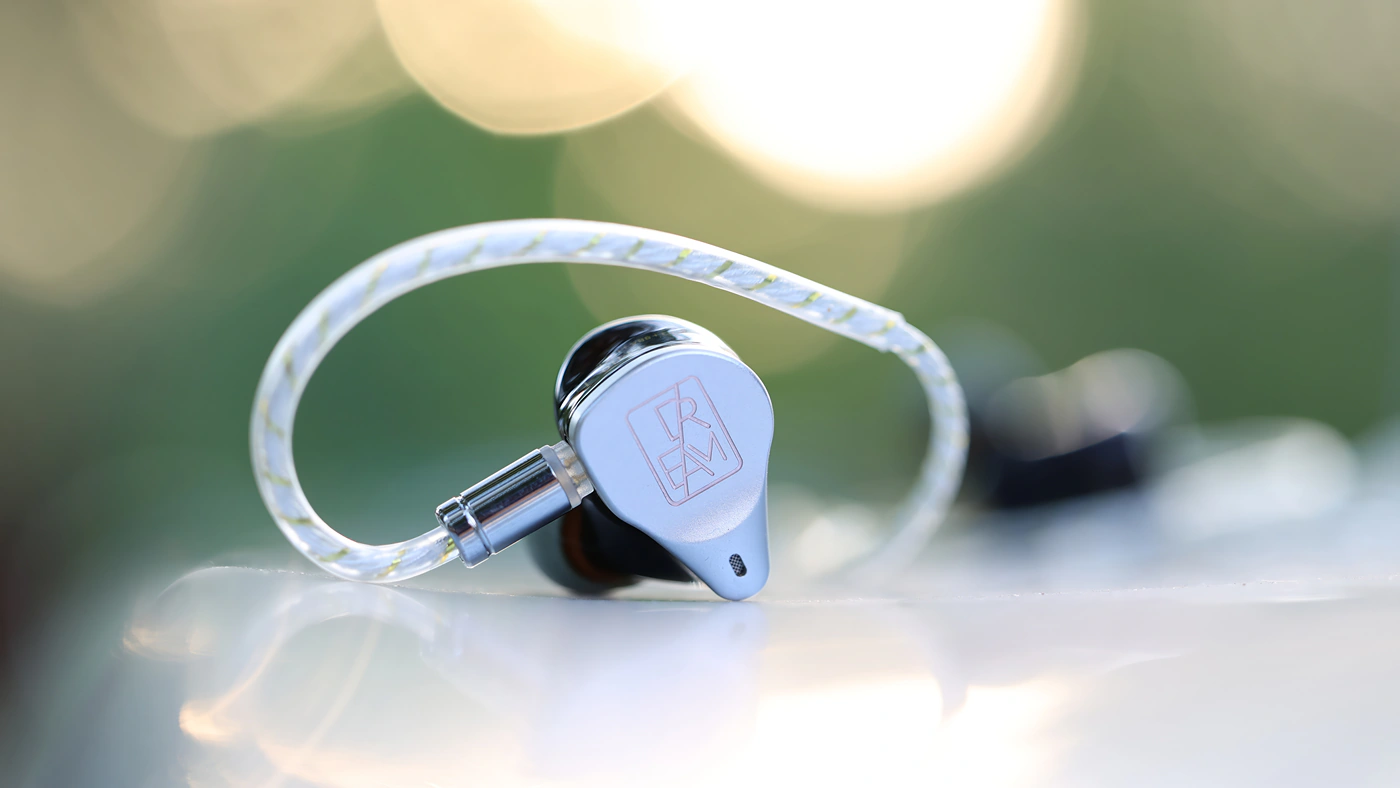
Despite the pocket-friendly price of EM10, it offers a performance so exceptionally good that you simply have to at least give it a chance to brighter and uplift your world, it is an IEM that you won’t regret purchasing regardless of your general taste, and it comes with the build quality and package to keep on giving more and more for the price paid.
Product Link
Amazon – https://amzn.to/40hefGn
Aliexpress – https://s.click.aliexpress.com/e/_DDnVrzF
--- Please remember to stay safe, and always have fun while listening to music!---
- If you have a dime to spare, please donate, and help us! It would make the day brighter for me and my wife-
Full Playlist used for this review
We listened to more songs than those named in this playlist, but those are excellent for identifying a sonic signature. I recommend trying most of the songs from this playlist, especially if you’re searching for new music! The playlists are different for Spotify, Tidal and Youtube, and based on the songs I enjoy and are available on each!
https://www.youtube.com/playlist?list=PL_cjBXGmwSHSdGcwuc_bKbBDGHL4QvYBu
https://open.spotify.com/playlist/5J3oloz8Riy9LxEGenOjQ0?si=979ba4f082414be7
https://tidal.com/browse/playlist/330fd544-8e5b-4839-bd35-676b2edbb3d5
--- Contact Us ---





